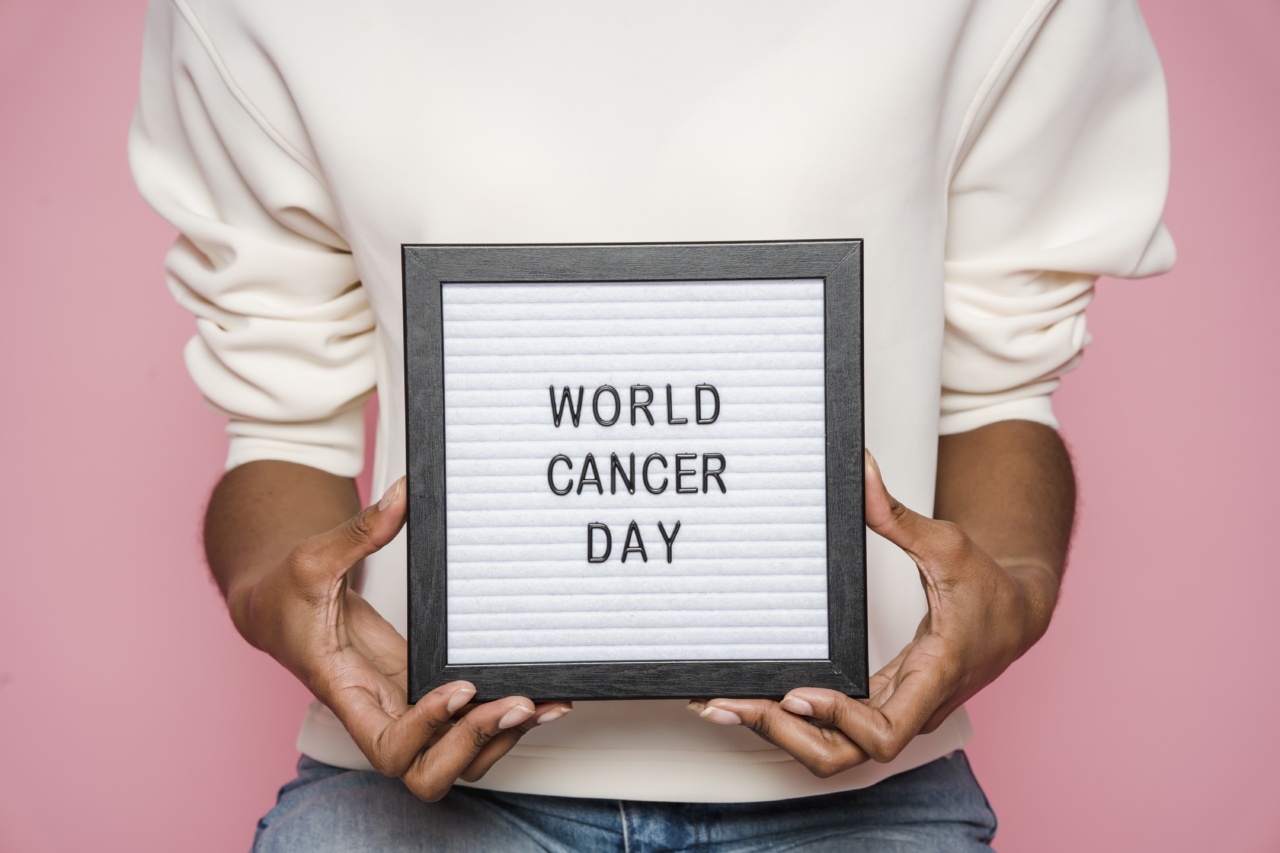Colorectal cancer is one of the leading causes of cancer-related deaths in the United States. However, this cancer is also one of the most preventable through adequate screening.
Colonoscopy is a test used to examine the inner lining of the rectum and colon for inflamed tissue, polyps, and other abnormalities that could eventually turn into cancer.
How Does Colonoscopy Work?
During the procedure, a long, thin, flexible tube with a camera at the end (colonoscope) is inserted into the anus and guided through the rectum and colon.
The camera transmits images to a monitor, allowing the doctor to see the inside of the colon in real-time. If any polyps or abnormal tissue is found, the doctor may remove them for further examination. The procedure usually takes around 30 minutes to an hour.
Why Is Colonoscopy So Important?
Colonoscopy is crucial for the early detection and prevention of colorectal cancer. As per the American Cancer Society, people over the age of 50 are at higher risk of developing colorectal cancer than people younger than that.
The risk begins to increase sharply at the age of 45 and above.
Colonoscopy is also beneficial for people with a family history of colorectal cancer or polyps.
People with a first-degree relative (parent, sibling, or child) who has had colon cancer before age 60 or multiple relatives on one side of the family diagnosed with colon cancer may be at higher risk of developing the disease. These individuals may need to start screening earlier or at more frequent intervals than those with average risk.
Is Colonoscopy Painful?
Colonoscopy is generally well tolerated, but it can be uncomfortable. The procedure is typically performed under sedation and patients are not conscious during the test, so they do not feel pain.
Most people experience some mild abdominal discomfort or bloating afterward, which usually goes away within a few hours. Some people may experience more significant side effects, such as bleeding or perforation of the colon, but these are rare.
What Preparation is Required for Colonoscopy?
Colonoscopy requires a certain amount of preparation before the procedure. The colon must be empty and clean so that the doctor can get a good look at the inside of the colon.
This requires a diet of clear liquids for at least 24 hours before the test and taking a laxative or enema to purge the colon of any remaining stool. The exact preparation will depend on the individual patient and the doctor’s specific instructions.
What Happens After Colonoscopy?
After colonoscopy, patients are usually monitored for a short while as the sedative wears off. They should avoid driving or operating heavy machinery for the rest of the day.
The doctor will discuss the results of the test with the patient, and if any polyps or other abnormalities were found, the doctor will recommend appropriate follow-up care.
Conclusion
In conclusion, colonoscopy is a crucial two-day cancer prevention event for people over 50. The procedure is safe and well-tolerated, and it can detect and prevent colorectal cancer in its early stages.
If you are over 50 or have a family history of colorectal cancer or polyps, talk to your doctor about scheduling a colonoscopy.































